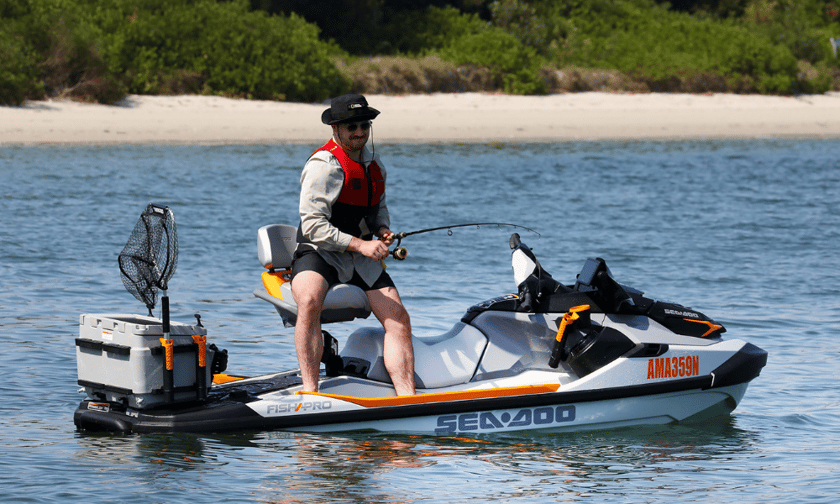

Contrary to frequent negative portrayals in the media, most jet ski riders in Australia appear to be observing safety protocols, according to insurance claims data released by Club Marine.
The insurer’s statistics highlight a discrepancy between public perception and the actual risk profile associated with personal watercraft (PWC) use.
Since 2021, Club Marine has recorded that less than 1% of its PWC-related claims involve third-party injuries, and only a small proportion – 2.8% – are linked to property damage resulting from jet ski incidents. The figures suggest that most PWC operators are not engaging in negligent behaviour on the water.
Tim Wiles, CEO of Club Marine, said the insurer has seen relatively low levels of liability claims from jet ski users.
“As Australia’s largest recreational boating insurance provider, Club Marine provides cover for a significant number of PWC riders,” he said. “Overall, the safety profile is excellent when we look at how many liability claims we receive where the driver has been negligent.”
Despite the data, public pressure has mounted in recent months following reports of hazardous conduct in coastal and inland waterways.
Over the 2024 summer period, several local councils enacted temporary restrictions, including boat ramp closures, citing unsafe jet ski operation. These developments come amid a long-term surge in PWC registrations, which have grown by more than 70% over the past 10 years.
Wiles noted that the growing popularity of jet skis has brought an influx of novice owners, many of whom may lack experience with marine regulations and etiquette.
“Safety and education have long been top of mind for everyone at Club Marine, and it has been disappointing to see headlines in the media relating to poor conduct by a few jet ski riders, in particular the close distances to swimmers and other boats,” he said.
He added that incidents involving close interactions with swimmers or other vessels underline the need for awareness and community-wide engagement.
The insurer pointed out that most PWC claims involve non-liability issues such as accidental hull damage, collisions with submerged objects, theft, and mechanical faults – issues common across all boat categories.
According to Club Marine, broader collaboration among insurers, marine safety regulators, and industry groups will be essential to managing risk and reducing preventable incidents as jet ski usage continues to rise.
The issue comes as the international marine insurance sector is navigating increased claims severity and volatility, prompting mutual insurers and commercial underwriters to raise premium expectations and adopt more conservative risk strategies for 2025.
NorthStandard, a global marine mutual, reported a rise in poolable tonnage and a higher frequency of major claims during the policy year ending Feb. 20. These developments occurred alongside changes in global shipping patterns, including a shift in traffic away from high-risk zones and an uptick in tanker activity outside the International Group of P&I Clubs.
The UK P&I Club said it added new tonnage in early 2024, which is expected to support a modest market share increase. Despite these gains, the club indicated that elevated claims levels were placing pressure on underwriting profitability, with its combined ratio expected to exceed the break-even point.
